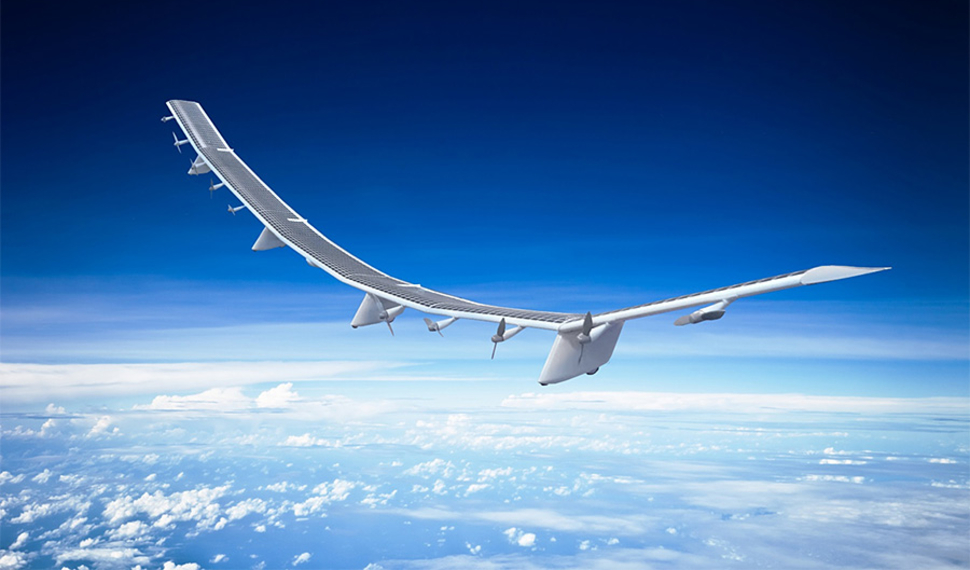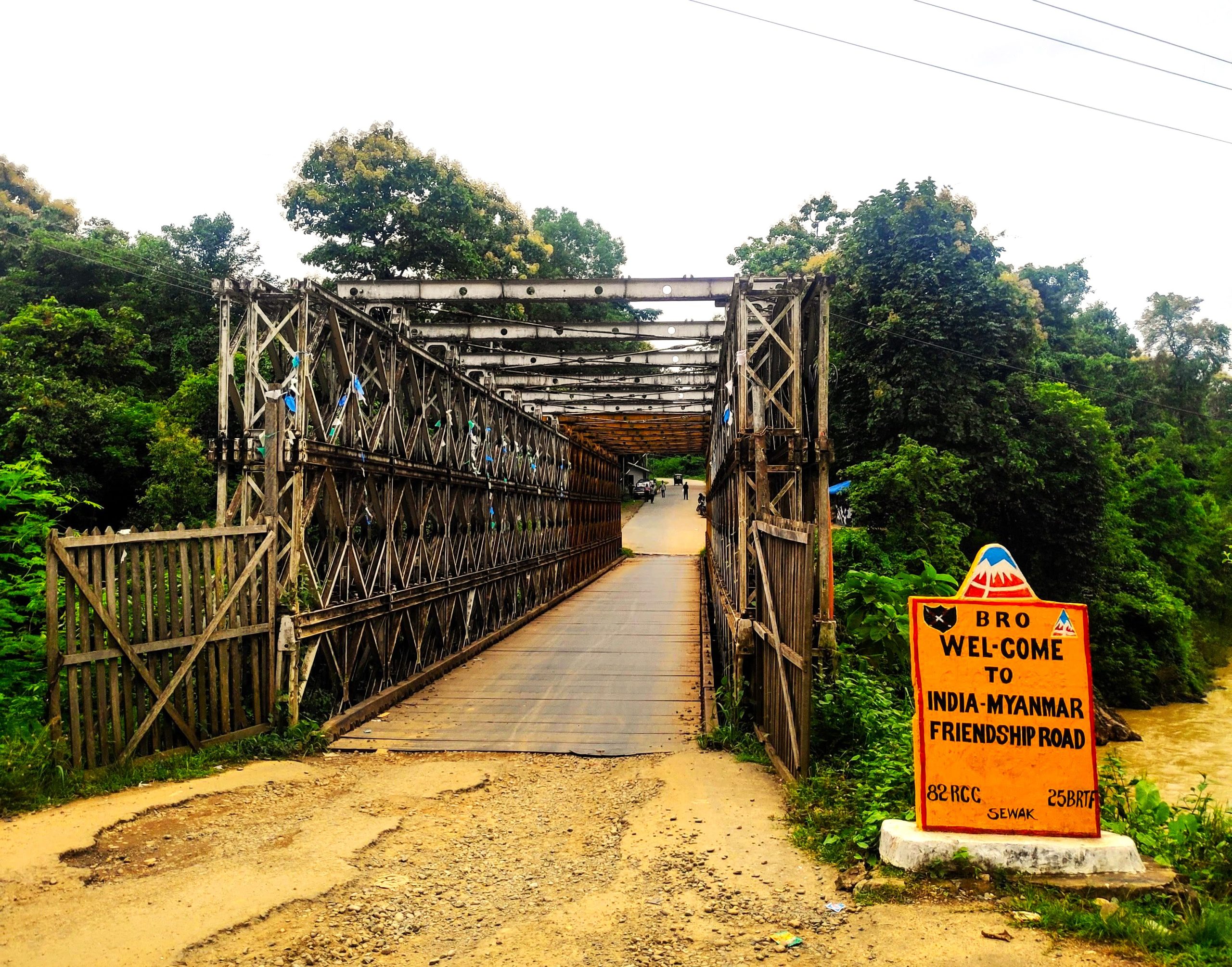
Air Domain Awareness and Regional Security

The Indian Air Force, on the sidelines of ‘Tarang Shakti 2024,’ the largest multilateral exercise carried out in the country, also conducted a symposium on air domain awareness. The theme of the seminar was “Collaborative Approach to Facilitate Air Domain Awareness Towards Enhancing Regional Security.” With participants from over 27 countries comprising 50 delegates, spanning all the continents of the world, the symposium generated debate on an important issue that governs the sovereignty and security of the aerospace domain. The proliferation of drones or unmanned aerial systems, its cheap availability and usage by non-state actors that affords plausible deniability further exacerbates the problem. While sovereign airspace over national territories and airspace demarcated through promulgation of ADIZ (Air Defence Identification Zone) is invariably monitored round the clock, throughout the year, it is international airspace that needs to have the requisite freedom of operation for peaceful use. It is the vast swathes of airspace over trans-oceanic regions that are bereft of surveillance which pose challenges that require a collaborative and cooperative framework to ensure freedom of operation.
With increasing use of the near space region and the non-commercial airspace over the oceans for military operations with High Altitude Pseudo Satellites, (HAPS) the proliferation of hypersonic weapons and long range loiter munitions and ballistic and cruise missiles, the security paradigm for any nation becomes increasingly challenging. More often than not a parallel is drawn between Maritime Domain Awareness (MDA) and Air Domain Awareness (ADA) because it is the airspace over the oceanic regions that requires surveillance. Collaborative arrangements exist between many countries, including India that has an Information Fusion Centre for the Indian Ocean Region (IFC – IOR) with representatives of Friendly Foreign Countries (FFCs) to share white shipping information. However, there is an essential difference between the two that needs to be understood because of the reaction times that differ vastly between the two for countering emerging threats or taking deterrent action. Technology through Automatic Identification System (AIS) and Automatic Dependent Surveillance – Broadcast (ADS-B) facilitates monitoring and surveillance of shipping vessels and commercial aircraft that are governed by regulations to have these transponders installed as a mandatory requirement. There is however nothing that regulates the use of, other than sovereign airspace for objects using the aerospace medium.
With the growth in air traffic and the use of unmanned aerial systems there is an increased pressure on the aerospace capacity to maintain efficiency and safety. To facilitate this there is a requirement for a collaborative and joint effort to ensure Regional Air Domain Awareness (RADA). It would not be possible for any single nation to do it alone or for an international entity to ensure the same as well as take preventive or coercive action against rogue threats using the aerospace domain that may affect international waters over the Sea Lines of Communication (SLOCs) or intrude into the sovereign airspace of any nation with malafide intent. There exists therefore a need for multilateral cooperation amongst likeminded nations that want to have a RADA picture to counter such threats. There is a requirement to have a vision and a plan to implement this and for the IAF, Exercise Tarang Shakti was an opportune moment, with willing partner nations eager to discuss the subject.
The discussions evolved around creating a framework for data sharing, compatibility of communication networks within the region, the technological infrastructure, capacity building, collaboration and collaboration. The networking of sensors within a region is an important first step, as the security of the skies is intrinsically linked to that of its neighbours. Creation of a cohesive regional framework that ensures satellite-based surveillance through ADS – B for commercial aircraft to Over The Horizon (OTH) and long range surveillance radars for manned and unmanned aerial systems that could be potential threats would form the basis for ensuring regional peace and security. Networking of sensors to create a single display with data sharing among regional partners would be the ideal solution that would ensure an appropriate response for any emerging threat. There would however be problems related to the technological infrastructure, interoperability, information fusion, communication networks, data sharing and privacy amongst the regional stakeholders, and the mechanism for dispute resolution that need to be overcome. Policy related issues could also create bottlenecks in implementation.
A different approach could also be top down, from the near space domain to the very low flying objects in the air littoral. As nations develop the capability to carry out surveillance of the near space domain, simultaneously a dialogue to facilitate sharing of this data amongst likeminded regional partners could be the way forward. Data beyond the sovereign airspace of regional countries could be shared in a framework that is partnered by the nations that seek to collaborate for peaceful and secure use of the airspace in the region. With air forces being the natural guardians of the airspace and the merging of the air and space region seamlessly into the near space, the lead needs to be taken by the air forces of the concerned countries. The hosting of a multilateral exercise for air forces of friendly foreign countries that represented 27 nations, gave the IAF a golden opportunity to discuss issues that concern security and stability in the aerospace domain and the region. This symposium on a “Collaborative Approach to Facilitate Air Domain Awareness Towards Enhancing Regional Security” marked the tentative first steps by the IAF in its journey of becoming a catalyst and a net security provider of the aerial domain, in the region.
Disclaimer
The opinions expressed in this article are the author’s own and do not reflect the views of Chanakya Forum. All information provided in this article including timeliness, completeness, accuracy, suitability or validity of information referenced therein, is the sole responsibility of the author. www.chanakyaforum.com does not assume any responsibility for the same.
Chanakya Forum is now on . Click here to join our channel (@ChanakyaForum) and stay updated with the latest headlines and articles.
Important
We work round the clock to bring you the finest articles and updates from around the world. There is a team that works tirelessly to ensure that you have a seamless reading experience. But all this costs money. Please support us so that we keep doing what we do best. Happy Reading
Support Us





















POST COMMENTS (0)